The Ripple Effects of Carrying Water Long Distances
Worldwide, 26% of people (a total of 2 billion out of the world’s approximate 7.8 billion) must leave their homes to get water for their families.
To say this implies a simple daily journey from A to B and back again. But while this may be the case for some water fetchers, the trip is often more complex. Someone may arrive at a water source with their empty jerrycan in hand to find their usual source is dry or broken and need to travel farther. Their regular route may be flooded or inaccessible due to heavy seasonal rains. Maybe a well’s caretaker has already locked the well because the well’s water levels have dropped, and water is only available at the pump a few hours each day. Any number of delays and disasters can befall someone just trying to supply their home with water.
Most of the time, in our work areas, people travel to water points on foot. Sometimes, people load a bicycle with jerrycans, but they still need to push it along. Others save up money to purchase donkeys that carry the jerrycans while they walk alongside. Those who can afford it hire motorcycle taxis or water vendors to fetch their water for them.
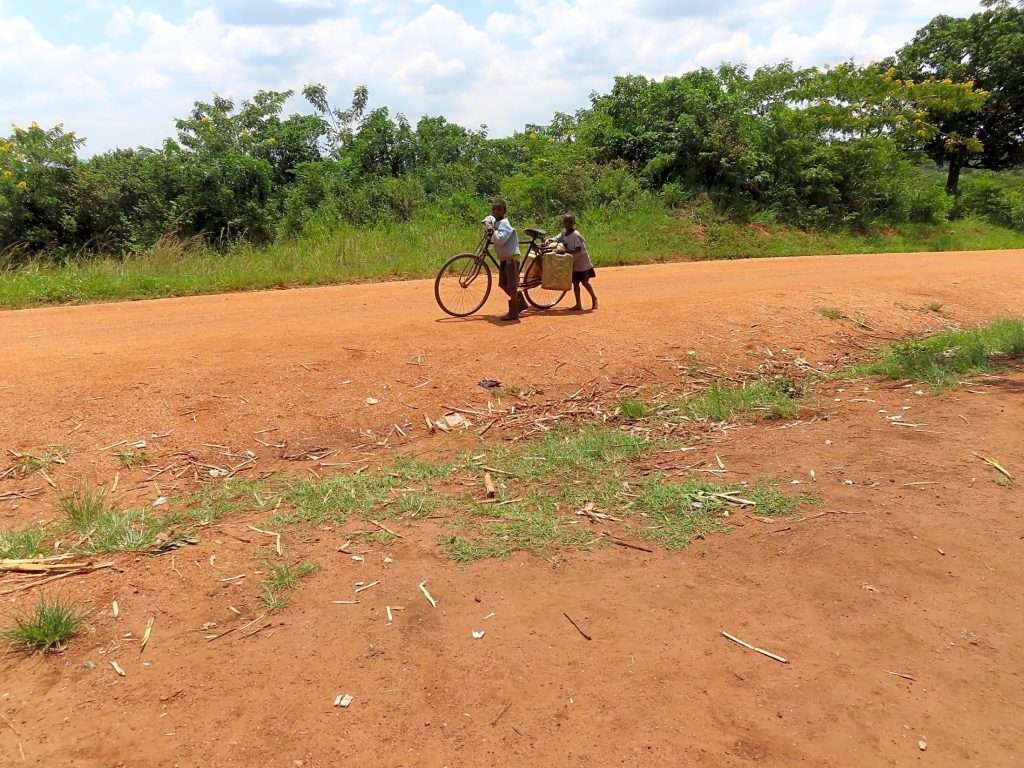
This article is for the people—primarily women and children—who carry the bulk of the water crisis’s weight. They walk unaided to and from a faraway water source every single day, because a household’s need for water doesn’t stop just because someone is sick or it’s a holiday.
As you can imagine, this consistent travel, often carrying a heavy load, significantly impacts the human body. But there needs to be more academic research done on this topic, considering the massive number of women and children who have to travel away from their homes for water daily.
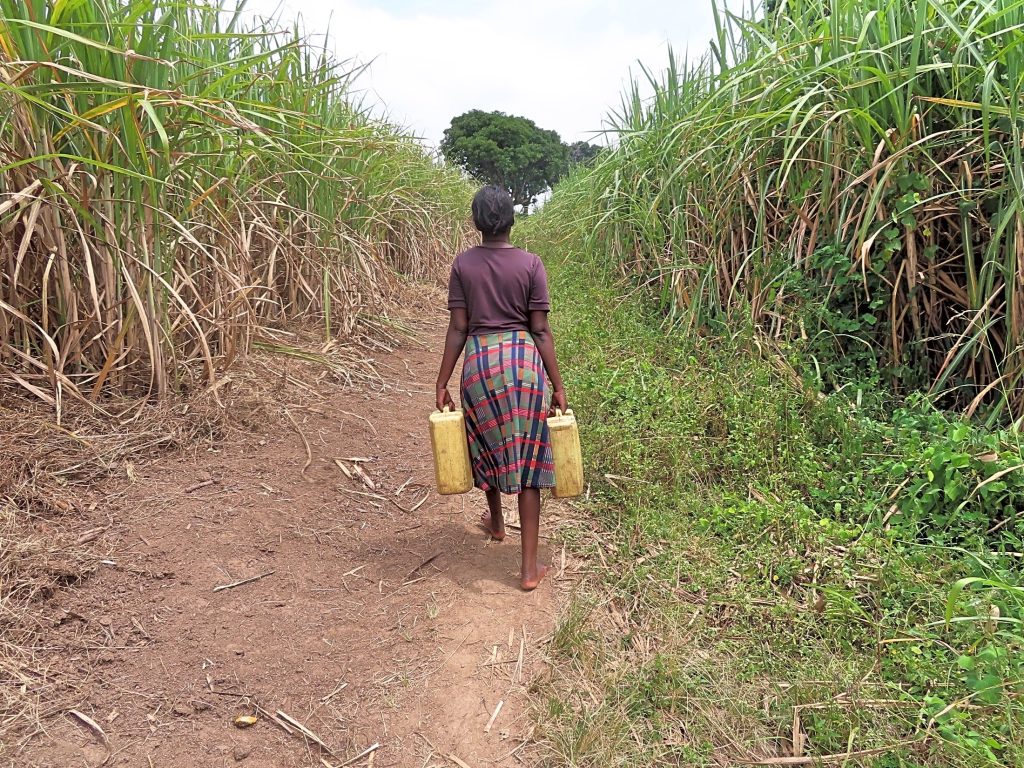
“…Very few studies have specifically investigated water carrying as it is performed by women and children in developing countries and used appropriate methodologies to investigate its association with health generally or musculoskeletal disorders specifically. Most studies investigating the health impact of physical loading are of male adult workers or are situated in high-income countries such that existing evidence may not be applicable to women and children who typically collect and carry water for domestic use.”—Greere et al.
The existing research on this topic detected an increased likelihood of musculoskeletal disease, emotional distress, stress-induced injuries like uterine prolapse, and chronic spinal and muscular pain for women and children fetching water. These problems worsen in areas with hilly terrain and for water-fetchers with other health issues.
Studies have also shown a connection between the time and distance a person travels to a water source and the health of family members within their household. Even just a 15-minute decrease in traveling time to a water source causes a 41% average reduction in diarrhea prevalence, improved child nutrition, and an 11% reduction in deaths for children under five.
The standard for water nonprofits is that water sources should optimally be within a 30-minute walk of people’s homes. But in areas where the population is dense, or where there is not a reliable water point for miles around, such a standard is difficult to reach. In perusing our upcoming projects, you’ll see community names on our website with numbers at the end, denoting that we’ve worked in that area previously. Often, a single community needs multiple water sources to approach that 30-minute travel time benchmark.
Such was the case for Kaketi Community in Southeast Kenya, where we had already installed one sand dam and accompanying shallow well. But even with a clean water source in their community, people like 58-year-old farmer Elizabeth Nzuki still had a long way to walk for water.
“Lack of water has a lot of effects on our lives,” said Elizabeth from Kaketi Community in Southeast Kenya.
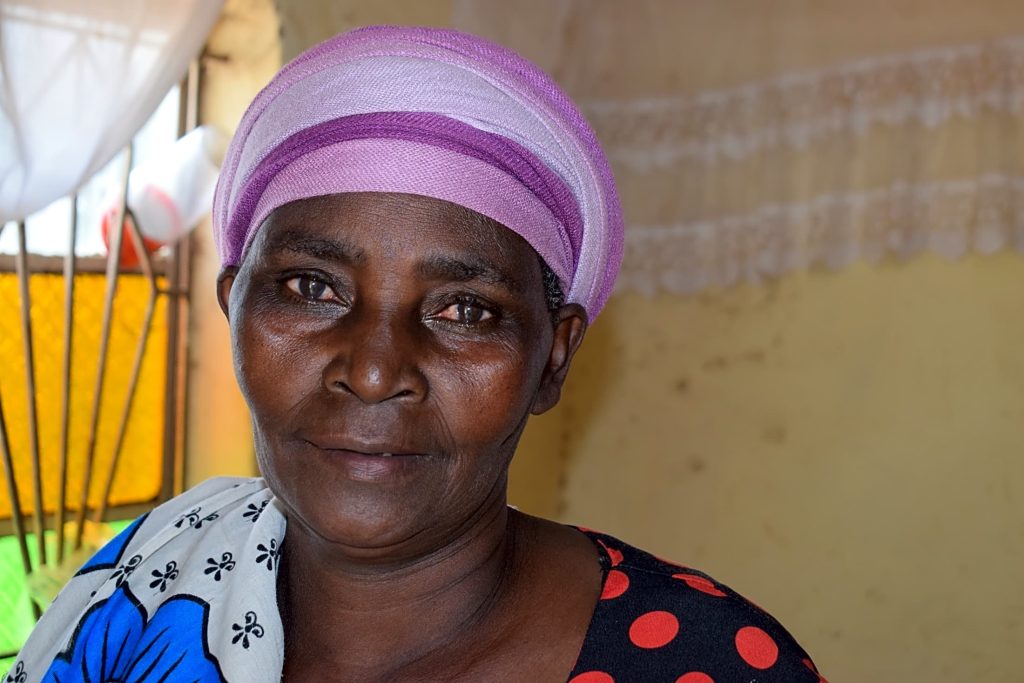
“We lack water to drink, shower, cook, for our livestock, and for hygiene and sanitation. Life is very hard with [an] inadequate water supply. The current water point has very fresh and clean water for use, which is highly appreciated; however, it’s still far from my home. Walking for long distances is very tiring as the terrain is rough, sloppy, and very steep. No other work can be done because all we do is search for water.”
The “very tiring” journey Elizabeth mentioned is one of the billions taken every day worldwide. The effects of a long walk for water extend from a person’s body to other aspects of life.
“We have to walk for long distances in search of water, and this also results in body issues such as exhaustion and fatigue,” said 51-year-old Damaris Kasilu from Kiliku in Southeast Kenya. “A lot of time is also wasted in search of water. This time could be channeled to better income-generating and productive activities.”
“Waking up every morning to fetch water is exhausting because I walk for several kilometers and have to travel back home while carrying water on my back,” said 45-year-old Agnes Muli Muthami from Tulanduli, a community still waiting for a sand dam.
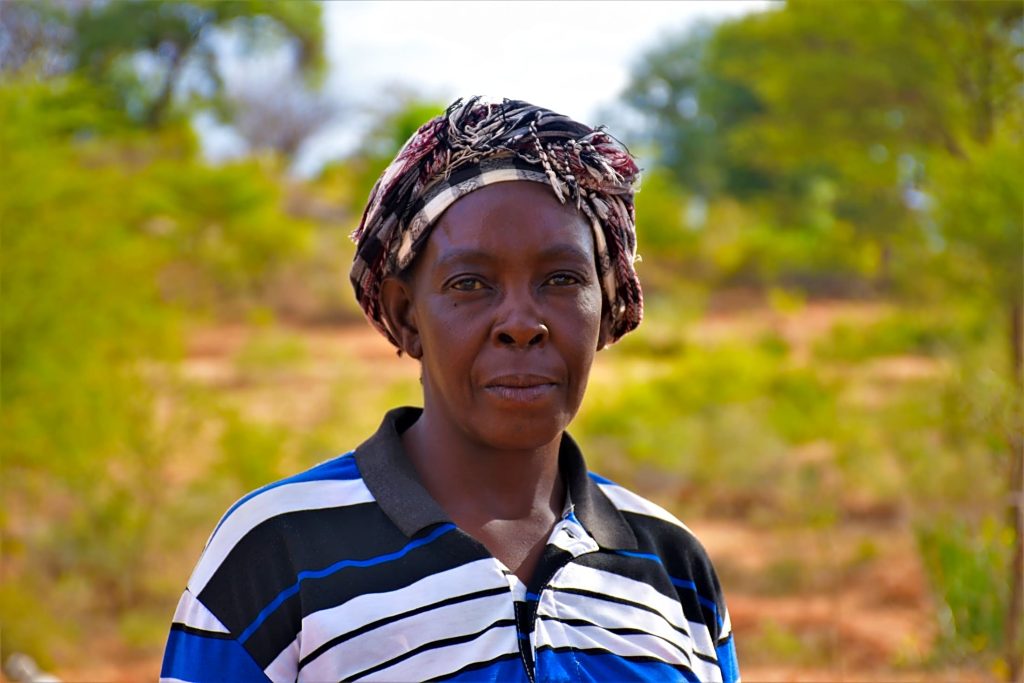
“I arrive at home after midday, leaving me with little time to perform household duties like cleaning. The insufficient water also means I rarely conduct personal hygiene, which is uncomfortable considering that I am a married woman with two children. Cultivating crops is also challenging because there is no water for irrigation, and I cannot carry enough water to irrigate my crops.”
“We only collect drinking water on Saturday because the borehole is very far [away],” said 11-year-old Davis T. from Rwebigwara, a community in Uganda still raising funds for a borehole well.
“This makes us very busy over the weekend, hence affecting our work at home, like washing clothes and uniforms, because [it consumes] a lot of time. The weekend is for resting and doing school revisions, but we don’t get time to rest because we have to collect drinking water.“
Unfortunately, the time and distance traveled multiply for some children who have to fetch water at home and school or bring water to school along with their books, stopping at water sources along the way.
“I do not get enough time to play or study because I have to help my family in fetching the water,” said eight-year-old Peter from Kithalani Community, which is still awaiting funding for its upcoming sand dam and shallow well projects.
“Walking several kilometers to the water point is straining, which leaves [me with] less energy to focus on studies. For instance, I have just come from school, and I am helping my father fetch water to irrigate his vegetables. I will also have to fetch water to carry to school tomorrow.”
“Getting water to bring to school is difficult because the public stand tap and scoop holes are seasonal and run dry during peak drought periods,” said student Onesmus, who attends Kalaa PAG Primary School.
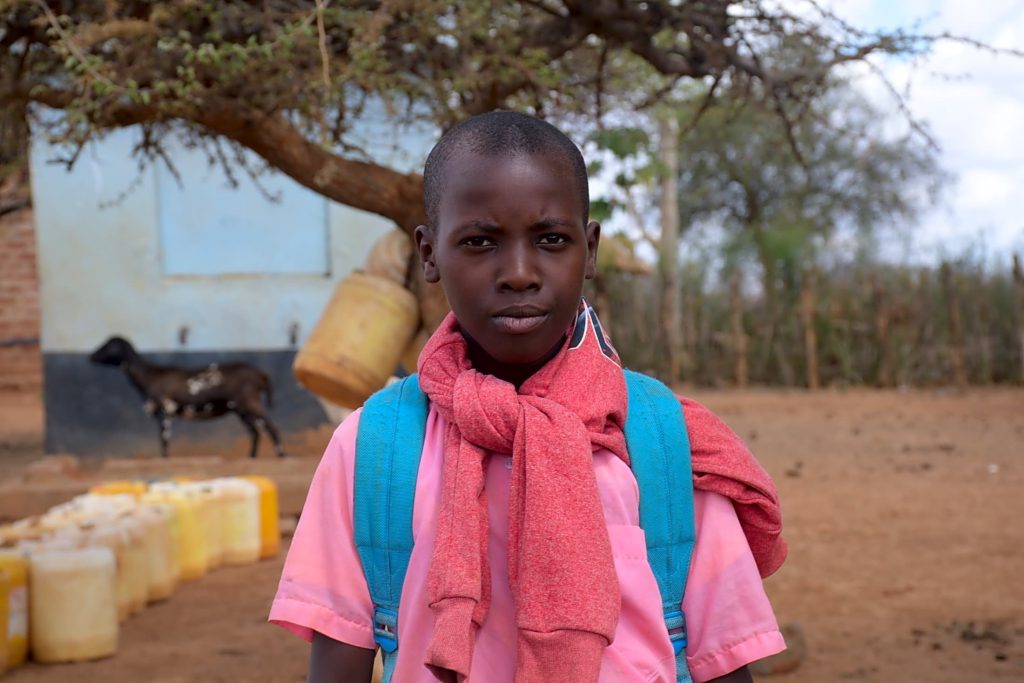
“I have to walk for about two kilometers carrying water, firewood, and [my] school bag, which drains most of [my] energy, making learning difficult. For instance, last week, I dozed off in class, and the teacher made me sit [in] the front seats, but that did not help. I was forced to go outside and take a walk before resuming the class session.”
These stories are why The Water Project is actively working toward 100% water source coverage within our service areas, which means everyone who lives in the areas we work will have a water source within a 30-minute walk round trip, including the time waiting at the pump. We also ensure our water sources are reliable so that when people make that 30-minute journey, they won’t have to turn back with empty jerrycans or resort to the open/unprotected water sources they used before our intervention.
If you’d like to help, we invite you to pick a community or school to support or raise money among your family, friends, coworkers, and neighbors. We would love to have you along for the journey as we prevent the effects of a long walk to water on future generations in sub-Saharan Africa.
Home More Like ThisTweet